| Rye %: | 66% |
| Stages: | Sponge, Soaker, Final dough |
| Leaven: | Rye sour culture, Yeast |
| Start to Finish: | 15-17 hours |
| Hands-on Time: | 25-30 minutes |
| Yield: | Two 1½ lb./675 g loaves |
Austrian rye breads are less well-known than their German cousins, which is a shame because they’re incredibly flavorful. I found the recipe for this well-balanced nutty-sweet-sour country loaf in probably the best of the Austrian bread books, Der Duft von frischem Brot (The Aroma of Fresh-Baked Bread) by Barbara van Melle. The recipe itself comes from Vienna baker Horst Felzl, who, had he been 2 cm taller, as the book states, and qualified for the police academy, would never have become one of Austria’s best bakers.
Like its baker, this bread is best of breed – a 66% Alpine rye whose rich and balanced flavor profile comes from an intensely sour 10-12 hour sponge and the sweet-nutty flavors of light-medium (Type 960) rye flour. A high-temperature (480°F/250°C) bake produces the thick, chewy crust that Europeans favor, while the addition of commercial yeast and a healthy addition of stale rye bread (Altbrot) create a moist, tender and open crumb.
This Crusty Country Rye is a superb all-around bread that complements mild flavors like butter and scrambled eggs and holds its own against the strong flavors of cured meats and fish, soups and stews, and cheeses of all kinds.
Sponge (Day 1, Evening):
| Ingredient |
Grams |
Ounces |
Baker’s |
| Medium rye flour |
245 |
8.65 |
100% |
| Warm (105°F/41°C) water |
200 |
7.05 |
82% |
| Rye sour culture |
25 |
0.90 |
10% |
Combine the sponge ingredients into a fairly stiff dough, cover and ferment at room temperature (70°F/21°C) 10-12 hours or overnight.
The sponge will have visibly expanded.
Soaker (Day 2, Morning) :
| Ingredient |
Grams |
Ounces |
Baker’s |
| Stale rye bread |
75 |
2.65 |
100% |
| Hot (160°F/70°C) water |
150 |
5.30 |
200% |
Cut or crumble the stale bread into chunks (a food processor also works well). Add the hot water, stirring to make sure all the bread is moistened. Cover and let stand 3 hours.
Use your hands or a fork to crush the soaked bread fine.
Final Dough (Day 2, Midday):
| Ingredient |
Grams |
Ounces |
| Sponge |
470 |
16.60 |
| Soaker |
225 |
7.95 |
| White rye flour |
250 |
8.80 |
| Bread flour, unsifted |
250 |
8.80 |
| Warm (105°F/41°C) water |
370 |
13.05 |
| Salt |
20 |
0.70 |
| Instant yeast |
5 |
0.20 |
In the mixer bowl, combine the final dough ingredients and use the dough hook at low (KA2) speed to mix until the dough is fully blended, 7-8 minutes.
Cover and ferment at room temperature until the dough doubles in volume, 60-90 minutes.
Turn the dough, which will be soft and sticky, onto a well-floured work surface and divide it into two pieces, each weighing about 1¾ lb/800 g. Use floured hands to shape each piece into a boule and place into a floured brotform or cloth-lined proofing basket.
Cover and proof at room temperature until the dough has doubled in volume and the surface shows cracks or broken bubbles, 45-60 minutes.
Preheat the oven to 480°F/250°C with the baking surface in the middle and a steam pan on a lower shelf. Bake with steam 10 minutes, then remove the steam pan and continue baking at 480°F/250°C until the loaves thump when tapped with a finger and the internal temperature is at least 198°F/92°C, 35-40 minutes, leaving the oven door open for the last 10 minutes. (For a less thick crust, reduce the temperature to 435°F/225°C and bake 40-45 minutes.) Transfer to a rack and cool thoroughly before slicing.
Baker’s Percentages:
| Ingredient |
g |
% |
| TOTAL FLOUR |
745 |
100.00% |
| Bread flour |
250 |
33.56% |
| White rye flour |
250 |
33.56% |
| Medium rye flour |
245 |
32.89% |
| Water |
570 |
76.51% |
| Salt |
20 |
2.68% |
| Instant yeast |
5 |
0.67% |
| Rye sour |
25 |
3.36% |
| Soaker water |
150 |
20.13% |
| Old bread |
75 |
10.07% |
| TOTAL FORMULA |
1,590 |
213.42% |
| Flour prefermented |
245 |
32.89% |

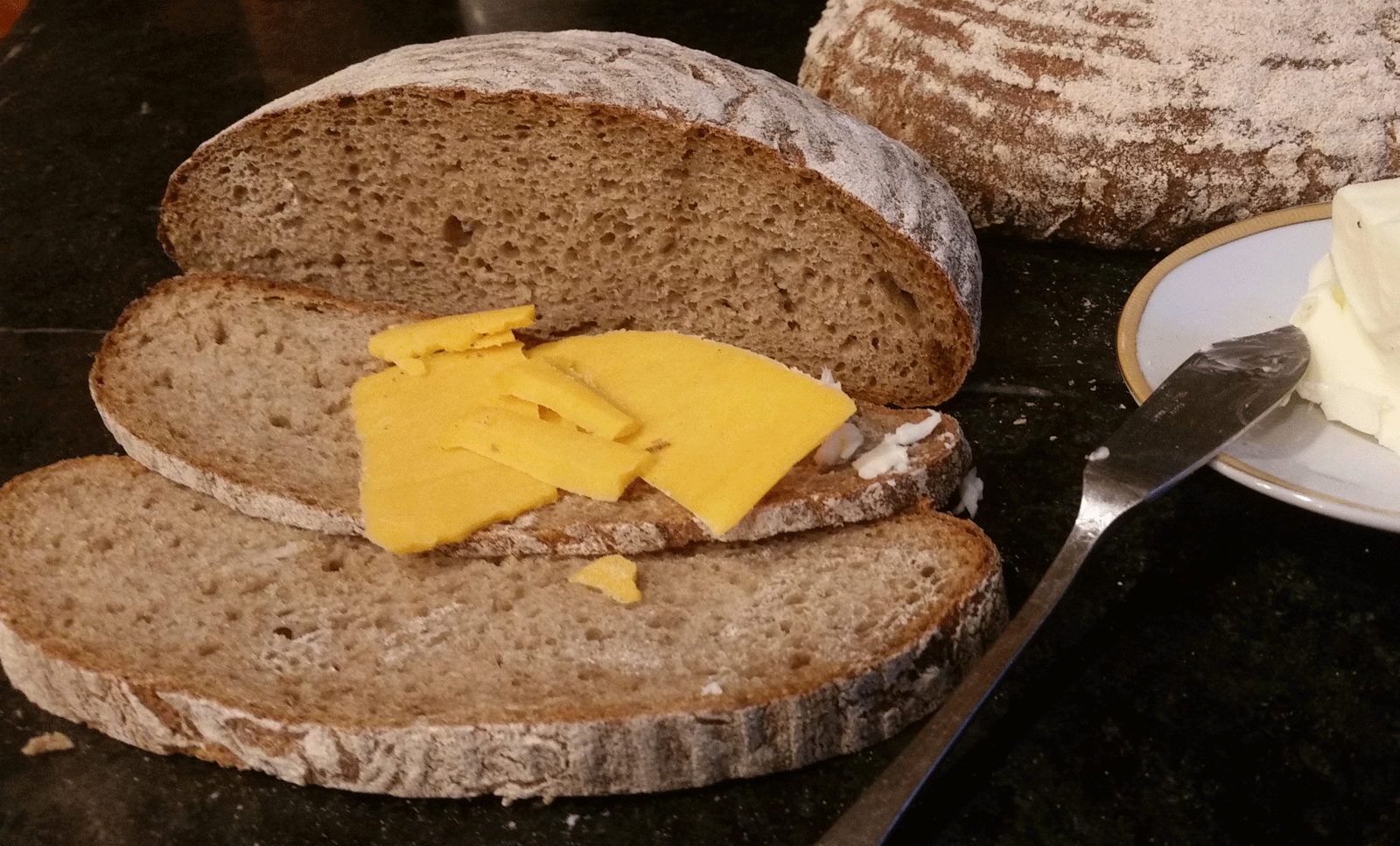
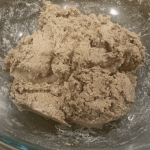
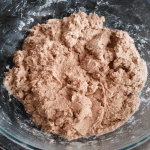
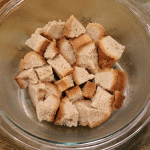
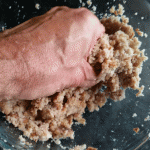
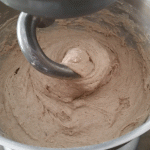
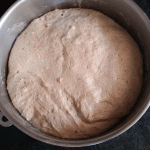
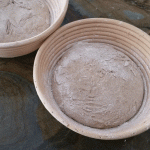
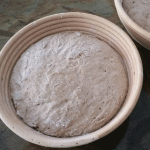
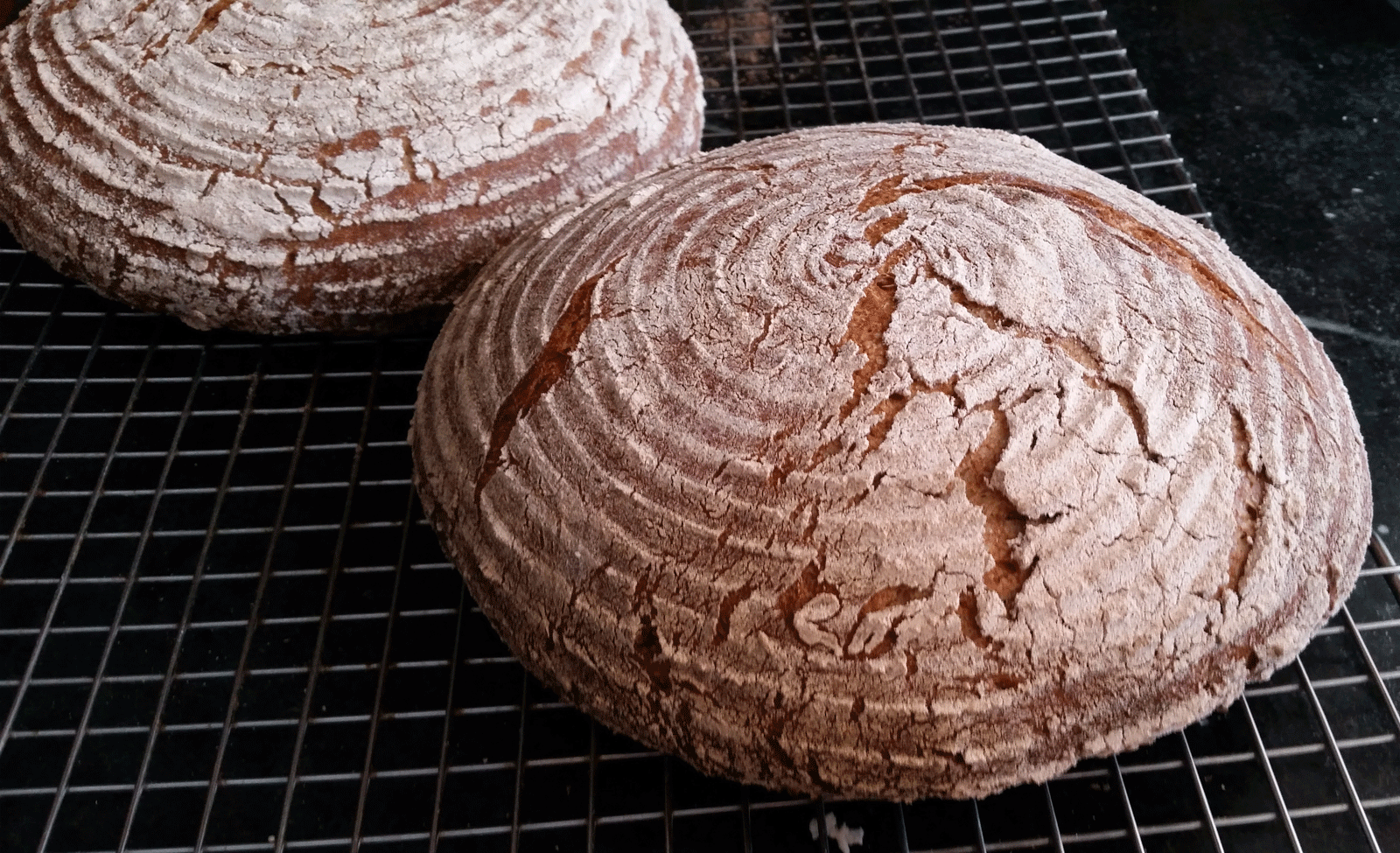
Michiel
June 8, 2016They look great Stqnley. I have come across recipe’s with white or light rye flour before. I’m told you can use the ‘normal’ darker rye flour if you sift if. I have tried that once and with good results. But maybe it is still not the same as light rye?
Stanley Ginsberg
June 8, 2016The general answer is yes, you can substitute a darker flour, sifted or not, which will produce a loaf with stronger rye flavor.
Karin Anderson
June 10, 2016My kind of bread – it looks wonderful! I just got Barbara van Melle’s book, after reading a very positive review on Ploetzblog. Very inspiring!
aldo
September 1, 2016Beautiful recipe, do you have another recipe with similar result but without wheat flour ?
Stanley Ginsberg
September 1, 2016“Similar result” in what respect(s>?
Paul
October 29, 2016Wow a labour of love. I lived in Austria and this bread was amazing, just wish I could buy this in the UK. Great detailed recipie.
Thanks
Lance W
December 22, 2018Hi, I am just in the middle of making this, but on checking the true hydration, I reckon it is about 96%!
OK, I know there is a soaker, but it seems to me that the altus should only take back the water it lost in it’s own bake, about 15% or 18g.
I am concerned that I will end up with gloop, so I am aiming for 70% true hydration. It’s just in bulk now and looks about right.
What do you think?
Thanks!
Stanley Ginsberg
December 22, 2018Try it; I think you’ll end up with a rock. One of us will be right. Please keep us posted.